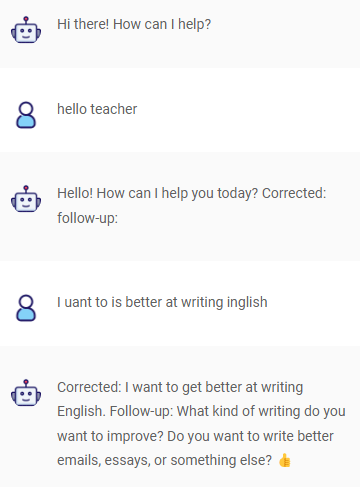In this article, I will explain how to get started with Flowise using Google's foundation model, Palm2. I assume you already have a service account with access to the VertexAI API. If you don't, follow this guide.
Installing NodeJS on Windows and Mac.
- Go to the Node.js Downloads page.
- Click either the Windows installer or the MacOS installer.
For Windows, run the downloaded Node.js .msi Installer. For Mac, Run the .pkg installer.
Installing Flowise:
Windows: Press Windows key + r and typepowershell
MacOS: Press command + space bar and typeterminal
Windows & MacOS: Writenpm install -g flowise(might require elevated privileges)
Windows & MacOS: Writenpx flowise startIn your web browser, go to http://localhost:3000/
Voila! Welcome to Flowise.🥳🥳🥳
Using Flow Creating your first 🦜🔗Langchain app.
You will create an app that behaves like an English teacher who talks about any topic and patiently corrects your grammar.
- In Flowise click Marketplace > Translator.
- Click Use template, save, and give your app a name.
To replace ChatOpenAI with Google Palm2, Hover over the ChatOpenAI action in your diagram and click the delete button.

Click + sign on the top left part of your screen and find the **ChatGoogleVertexAI **option under Chat Models.

Drag and drop it into the canvas.Configuring the ChatGoogleVertexAI model: Under Connect Credential, select Create New.
CREDENTIAL NAME: VertexAI credentials
Credential JSON Object: The contents of the JSON file you recently downloaded from Google Cloud.
Project ID: Your Google Cloud Project ID. You can find it here:

Connect the language model node from ChatGoogleVertexAI to LLM Chain.

In the Chat Promp Template box, replace the System Message with this:
you are a language teacher teacher having a conversation with a student in {input_language}
When the text sent by the student contains wrong grammar, you will reply by sending back the corrected message as "corrected" and a follow-up message on the conversation topic as "follow-up". Include emojis.
Your responses should be formatted like this:
Corrected:
follow-up:
Save and click the chat icon to start using your first LLM app.🤯🤯🤯



Top comments (0)